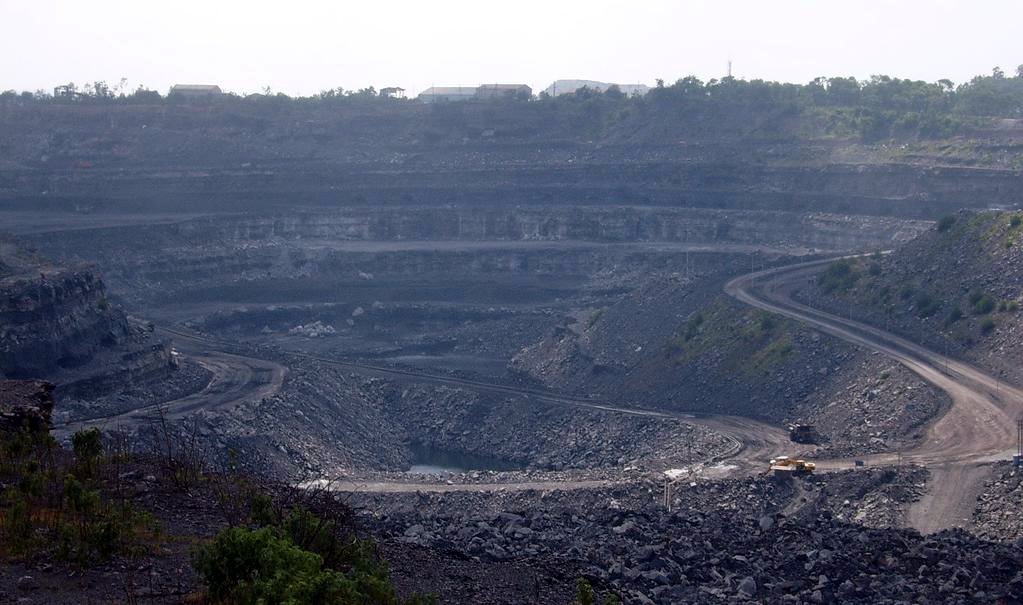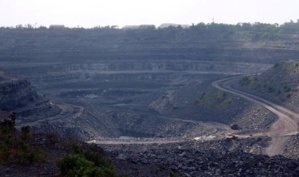With the approaching climate talks in Paris this November, citizens, civil society, and NPOs are pushing their governments to take stock of the runaway carbon emission which is essentially making the climate mad. However, governments around the world, are playing it cool with a business as usual attitude. Australia, U.S and Canada are releasing carbon emission of tons annually, which is almost double the per capital carbon emissions from China.
Australia needs to curb its emissions of Green House Gases
Despite increasing global awareness, industrialised nations are pouring millions of dollars into unsustainable dirty industries which keep heating the planet. In Australia for example, coal mining has become a divisive issue, with concerned citizens and scientists voicing fierce concerns for damage to the environment, while politicians say that it is the answer to unemployment and poverty. This is despite the fact that globally coal power and coal production contributes as much as 44% of CO2 emissions.
Australia’s dependence on coal for both internal consumption as well as for exports only goes to reflect its track record in controlling the emissions of greenhouse gasses (GHGs). The Organisation for Economic Co-operation and Development (OECD) reported last year that in 2010 Australia’s carbon emission was 25 tons per person, which is the highest per capital emission for any of OECD’s members.
The Cost of Australia’s reliance on coal
As per new studies, the health cost associated with coal mining and coal powered power plants, such as the one located in Hunter Valley in New South Wales, is estimated to be around $600 million (AUD) which translates to $456 million USD, annually.
In 2013, 145 million tons of coal was mined from Hunter Valley. Keeping a conversion rate of 2.4 tonnes of carbon dioxide emitted for every tonne produced, experts say that in 2013 Hunter Valley produced the equivalent of 348 million tonnes of carbon dioxide.
According to reports published by Australia’s New South Wale’s Council, the mining industry employs more than 11000 fulltime workers. Its contribution to the Australian economy is around $5.6 billion Australian dollars, $1.5 billion AUD in wages and $4.4 billion in the form of spending on goods and services from the local council, local community, and local community groups.
Although these figure seem high, they come at a very high cost since these are at the expense of activities which are prevalent in the region. The Hunter Valley is known for its farms, vineyards and horse farms, all of which fall prey to this dirty polluting industry of coal mining and coal powered power plants.
Our health and ecosystems are priceless
Wendy Bowman has been farming in the Camberwell village since 1957. The pollution in the area is such that the village has almost been deserted by its inhabitants. She is one of the last few remaining residents and she is extremely concerned about the extensive mining in the area. The pollution is such that everything is covered in dust. Even the water is polluted.
In a video on the CAHA website, she said that because of the extensive pollution, her lung capacity has been reduced by 20%. But more than her own health she is concerned about the health of the children in that area, and what the pollution will do to the place in 20-30 years from now.
As reported in CAHA, from 1992-2008, the incidence of PM10 in the Sydney Greater Metropolitan area, has shot up by 20%, thanks to coal mining activities in the Hunter Valley. As per the report, Hunter Valley was “renowned for its clean air”. In 2014, is was one of Australia’s “air pollution hot spot”.
References:
http://www.ipsnews.net/2015/03/coal-burning-up-australias-future/
Australia needs to curb its emissions of Green House Gases
Despite increasing global awareness, industrialised nations are pouring millions of dollars into unsustainable dirty industries which keep heating the planet. In Australia for example, coal mining has become a divisive issue, with concerned citizens and scientists voicing fierce concerns for damage to the environment, while politicians say that it is the answer to unemployment and poverty. This is despite the fact that globally coal power and coal production contributes as much as 44% of CO2 emissions.
Australia’s dependence on coal for both internal consumption as well as for exports only goes to reflect its track record in controlling the emissions of greenhouse gasses (GHGs). The Organisation for Economic Co-operation and Development (OECD) reported last year that in 2010 Australia’s carbon emission was 25 tons per person, which is the highest per capital emission for any of OECD’s members.
The Cost of Australia’s reliance on coal
As per new studies, the health cost associated with coal mining and coal powered power plants, such as the one located in Hunter Valley in New South Wales, is estimated to be around $600 million (AUD) which translates to $456 million USD, annually.
In 2013, 145 million tons of coal was mined from Hunter Valley. Keeping a conversion rate of 2.4 tonnes of carbon dioxide emitted for every tonne produced, experts say that in 2013 Hunter Valley produced the equivalent of 348 million tonnes of carbon dioxide.
According to reports published by Australia’s New South Wale’s Council, the mining industry employs more than 11000 fulltime workers. Its contribution to the Australian economy is around $5.6 billion Australian dollars, $1.5 billion AUD in wages and $4.4 billion in the form of spending on goods and services from the local council, local community, and local community groups.
Although these figure seem high, they come at a very high cost since these are at the expense of activities which are prevalent in the region. The Hunter Valley is known for its farms, vineyards and horse farms, all of which fall prey to this dirty polluting industry of coal mining and coal powered power plants.
Our health and ecosystems are priceless
Wendy Bowman has been farming in the Camberwell village since 1957. The pollution in the area is such that the village has almost been deserted by its inhabitants. She is one of the last few remaining residents and she is extremely concerned about the extensive mining in the area. The pollution is such that everything is covered in dust. Even the water is polluted.
In a video on the CAHA website, she said that because of the extensive pollution, her lung capacity has been reduced by 20%. But more than her own health she is concerned about the health of the children in that area, and what the pollution will do to the place in 20-30 years from now.
As reported in CAHA, from 1992-2008, the incidence of PM10 in the Sydney Greater Metropolitan area, has shot up by 20%, thanks to coal mining activities in the Hunter Valley. As per the report, Hunter Valley was “renowned for its clean air”. In 2014, is was one of Australia’s “air pollution hot spot”.
References:
http://www.ipsnews.net/2015/03/coal-burning-up-australias-future/






